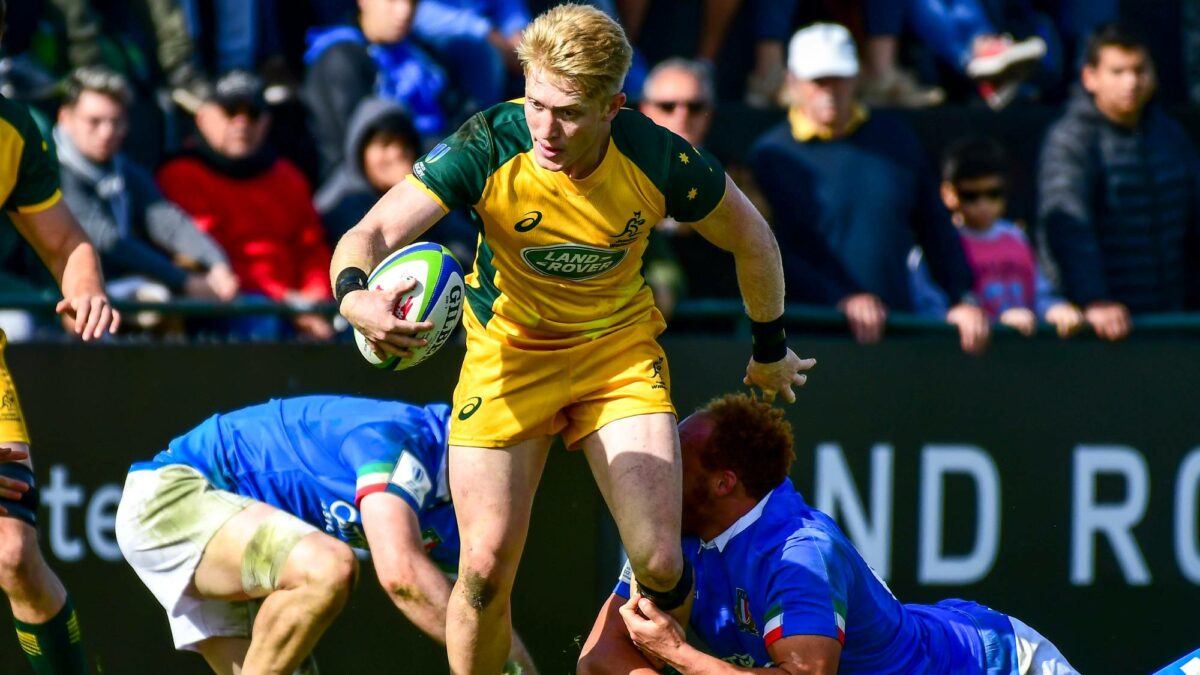Community Rugby letter that went out this morning.
Good morning,
In March this year Rugby Australia committed to participate in a two-year global law trial, facilitated by World Rugby, which will result in the legal tackle height being reduced from below the line of the shoulders to the sternum at Community level.
Following consultation with our Member Unions as well as coaches, match officials, administrators and medical professionals, the tackle height will be lowered to below the base of the sternum for all competitions below Super Rugby that commence on or after February 10, 2024. This change in law will include all Premier Grades, School Competitions, and Pathway Competitions.
In all stakeholder engagement, key consideration was given to:
- enhancing player safety.
- the experience for the players, including professional players.
- additional challenges that could be encountered by match officials.
- possible changes to tactics and tackle technique currently being coached.
- perception of the game by people not currently involved in rugby.
Changing the legal tackle height to the base of the sternum ensures the tackler's head is lower relative to the ball carrier's body, minimising the risk of head-to-head, and head-to-shoulder contact, and reducing the risk of head injury to both players. Initial trials and research findings over the last six years have indicated that the risk of concussion is 4.2 times higher when a tackler's head is positioned above the sternum of the ball carrier and the safest place to tackle is between the waist and sternum. The global law trial includes major Unions around the world such as England, France, Ireland, New Zealand, Scotland, South Africa, and Wales, and early indications are very positive with significant reduction in head impacts and suspected concussion being reported.
As part of the research select competitions around the world are being filmed and then analysed by World Rugby to undertake a comparison between significant head impacts and concussion under the previous law and the variation, as well as tracking the variation year to year. This assessment will review the positioning of tackler and ball carrier, their head proximity, point of contact, tackle type, direction of players, evasion techniques, number of passes preceding tackle etc. Game metric outcomes such as ball in play time, passing rate and offloads will also be captured as part of the trial evaluation.
To support your coaches and match officials with this transition to the new tackle height we have produced a range of resources and training materials. Match officials will be asked to place greater emphasis on the existing law preventing a ball carrier from “dipping” into a tackle and placing themselves, and potentially the defender, in an unsafe position for contact. The new law will not change the ability for an attacking player to "pick-and-go" where the ball carrier typically starts and continues at a low body height. The defender will still be required to avoid contact with the head and neck of the ball carrier as stipulated in the existing World Rugby Head Contact framework.
It is important to note there may be an adjustment period for players and match officials so please be patient through this time. For more information and ongoing updates, please visit our
website.
We will continue to ensure that any decisions impacting the game are informed by research and evidence that prioritise player safety and welfare.
Thank you for your involvement in Rugby.
Kind Regards,
Phil Waugh - CEO, Rugby Australia
